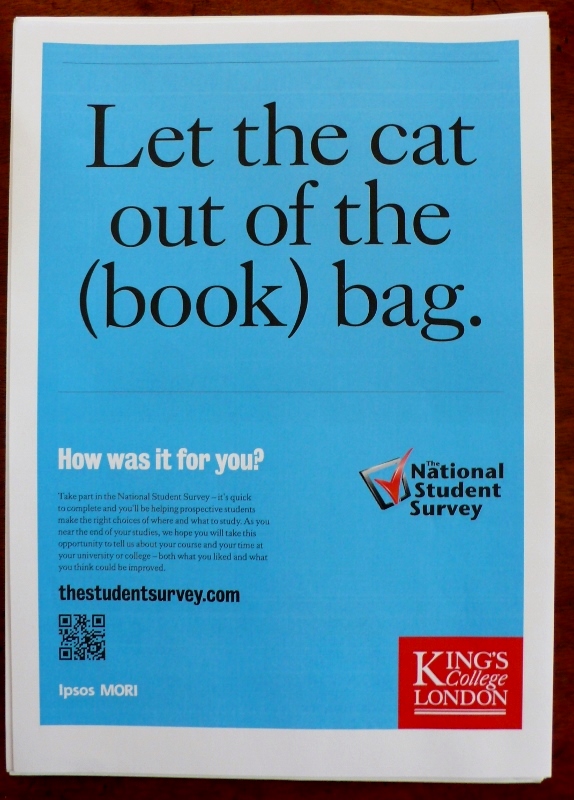This week has seen (rather belated) bemusement online at the car manufacturer Citroen naming one flagship model the Cactus*. They say the word alludes to its low consumption and ‘sober’ image and the rows of ‘airbumps’ on its sides, but for Australians cactus is slang for ‘broken (down)’.

I mentioned Citroen’s – and arch-rivals Peugeot’s – puzzling naming tactics in an article back in 2002:
BABY YOU CAN DRIVE MY… MAZDA BONGO FRIENDEE
Car names and linguistic confusion
Tony Thorne
Others checked out last month’s Geneva motor show for the cutting-edge automotive technology, but not me. I’m a car buff of a different sort; a connoisseur of exotic model names. The star of this year’s show was the new luxury model from Renault. They are aiming this radical monospace at the so-called e-segment, the executive saloon class which in their words is ‘a world governed by codes which are emblematic of established social norms and of conformism’ …h-m-m.
The name of this code-breaker? The ‘Vel Satis’. H-m-m-m-m…I still haven’t figured out how to pronounce rival Citroen’s Xsara or Xantia – or what they mean. Is Vel Satis another example of Gallic perversity?
When you talk to auto-marketers about product names they alternate between the arrogant we-know-exactly-what-we’re doing and the coy we’re-not-going-to-tell-you-how-we-chose-it. I’m convinced nevertheless that the psychological effect of foreign-sounding words can make or break a product in a particular market. Lancia’s ‘Dedra’ may sound beautiful to Italians but to anglo-saxons it suggests that something has died. The VW Bora has never taken off in the UK, where some ignorant punters also said that the excellent Sharan conjured up an Essex girl in white stilettos. As for the tiny Renault Twingo, it has never even been marketed in English-speaking markets, perhaps because it sounds like a chocolate bar.
Pronunciation problems can’t help. What did foreigners make of Cadillac’s unpronounceable Phaeton or Brougham? Come to that, how did English-speakers cope? Not many people can afford the Lamborghini Murcielago – it means ‘bat’ in Spanish – but if even one potential buyer is put off because he or she can’t say it, that’s more than £100K lost. And I’ve never seen a Lancia Ipsilon Elefantino, but with that name I have my doubts that it’s going to restore the marque’s reputation in the UK
Of course name buffs won’t be satisfied by Geneva, they are looking forward impatiently to October’s Tokyo show. Last year’s was particularly memorable with the unveiling of the Mazda Secret Hydeout, the Suzuki Afternoon Tea, the Mitsubishi Mini Active Urban Sandal, the Suzuki Van Van (which isn’t a van), and who can forget previous landmarks such as the Mitsubishi Mum, the Daihatsu D-Bag, the Toyota Synus.
Japanese manufacturers are reluctant to explain the names, but there are rumours: for instance that when Nissan’s boss asked for the name of a heroic mediaeval knight the Cedric was born. The Colt Starion was said to be a Japanese attempt to pronounce ‘Stallion’, which might also explain this year’s Comprex. And the Toyota Ist (rhymes with ‘list’), could that just possibly be a mis-pronunciation of 1st as in first? No comment.
We can mock but the simple fact is we don’t count. For Japanese and East Asian consumers it’s the shape of the word that pleases, and English sounds cool per se, but the meaning is utterly unimportant. Even when it’s a double meaning: Mitsubishi’s Pajero pronounced in Spanish sounds like the slang for ‘masturbator’, Fiat’s Marea comes out in Spanish as ‘seasickness’. We English speakers can’t be smug: how could we sell the Chevy Nova into Latin America, where no va means ‘won’t go’, or the Pinto, which means ‘small penis’ in Mexico? Or the Rolls Royce Silver Mist in Northern Europe where ‘mist’ translates as ‘crap’.
We’ve come a long way from the innocent early days of models with reassuringly trustworthy names; in the anglophone markets ‘Fidelity’, ‘Safeway’, ‘Utility’ were typical. The fifties and sixties promoted status with the aspirational ‘Ambassador’, or ‘Marquis’, yielding in the seventies to macho-but-naff ‘Marauders’, ‘Valiants’, ‘Cougars’.
It must be significant that today’s successful models mostly have invented ‘international’ names like Mondeo or Premacy, or initials and numbers like XS5 or V70, but some car-makers just don’t learn. Vel Satis? I was stumped; vel is latin for ‘or’ and satis means ‘enough’. Still stumped. A lady from Renault France told me the phrase was a pure invention, ‘it can mean whatever you want it to’, but is intended in French ears to evoke ‘luxury, perfume’, a tantalisingly upmarket je ne sais quoi. I’m worried that the average UK driver will think ‘well-satisfied’, more the aftermath of a good dinner than a mysterious perfume, but one Irish auto-journalist claims the roomy car is aimed at ‘lardy executives’ anyway.
We’ll have to wait for a few more months to see if Renault’s challenge pays off. In the meantime, I’m hoping that Tokyo can come up with something to top the Mitsubishi Lettuce.
© Copyright Tony Thorne 2002
Versions of this article previously appeared in the Guardian and British Airways’ Business Life magazine
* Here’s Nancy Friedman’s blog on the Cactus story
http://nancyfriedman.typepad.com/away_with_words/2016/10/new-name-beat-citron-cactus.html
















